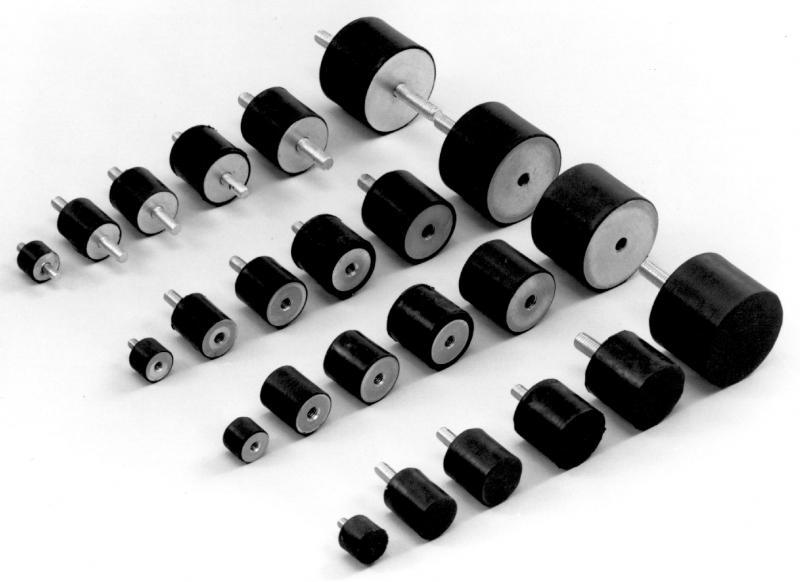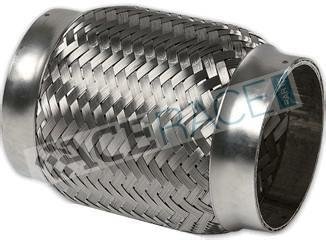ak-guy
Senior Member
I have a dry stack for my little 3 cylinder Yanmar. The engine for its size is a vibrating beast. The engine is connected to the 1 1/4" diameter exhaust pipe via a 1' long steel flexible coupling. The stack is hard bolted with a couple brackets to the aft plywood bulkhead between the wheelhouse and the aft deck. The stack is in the wheelhouse and surrounded with an insulated sheet metal shroud. I have done various things to minimize noise and I am thinking about replacing the hard mounts attaching the stack to the bulkhead. I am not completely sure that this would reduce noise but the stack does vibrate quite a bit and inside the house there is a kind of drumming noise. I can get some anti-vibration mounts that would fit easily and they are cheap. Has anyone else done this?







